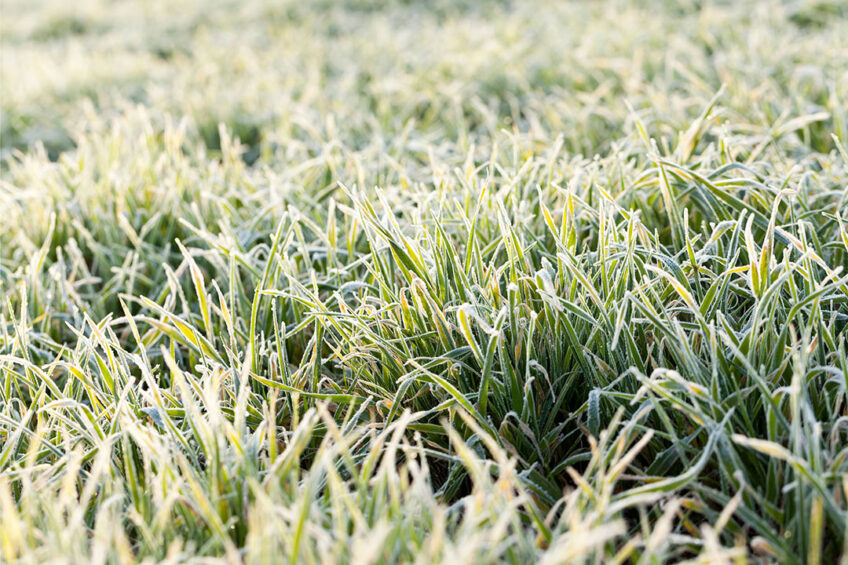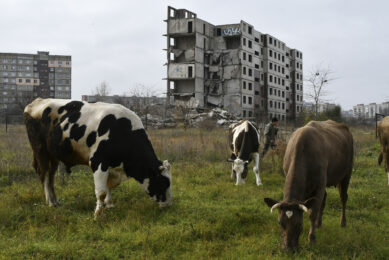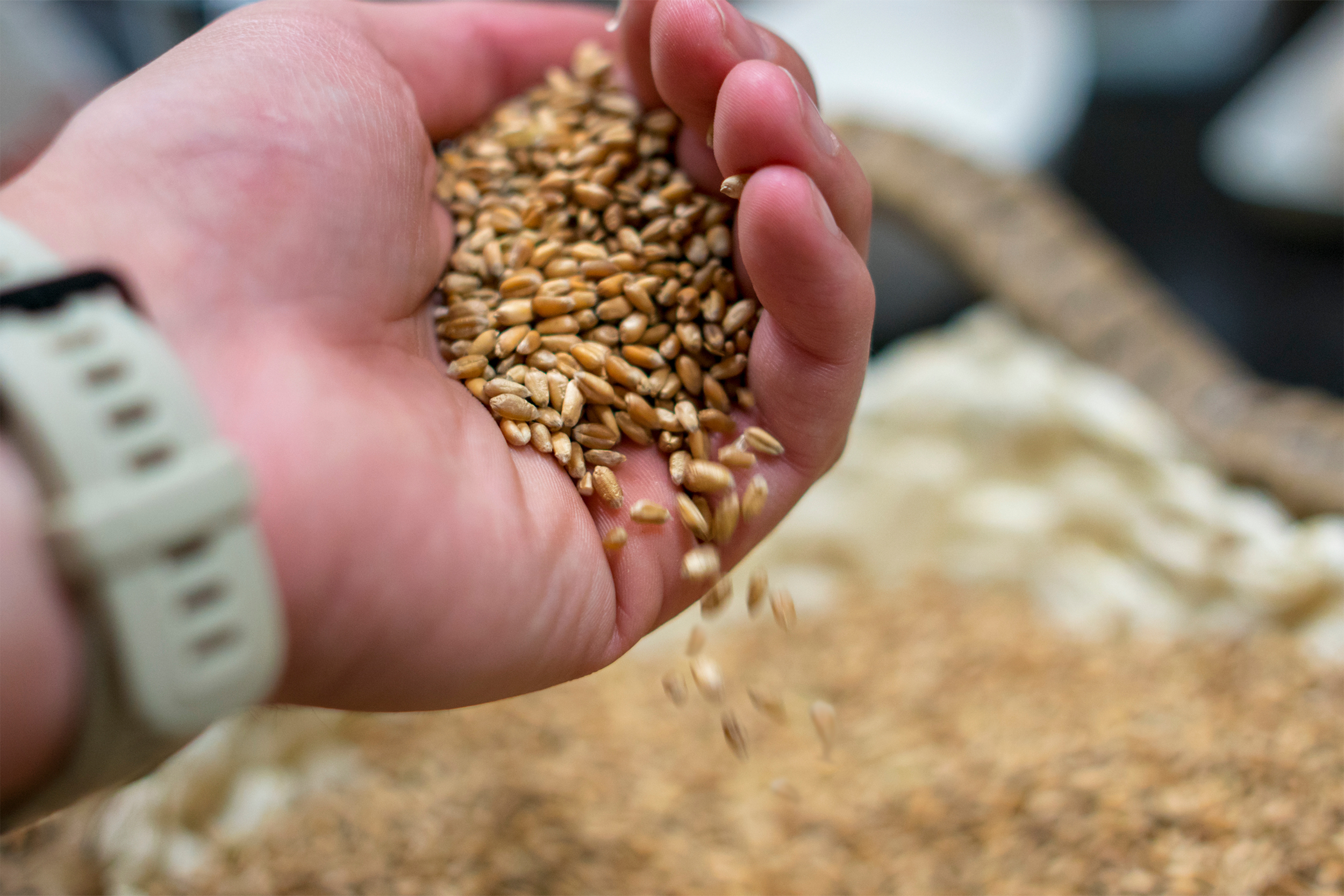European grain crop lower than expected

The total grain crop in the 27 EU-members plus the UK is now estimated at 295.5 million tonnes. This is slightly down from the previous forecast of 296.5 million tonnes but up from the 292.4 million tonnes harvested in 2023, the European association of trade in cereals and other agricultural commodities Coceral reports.
Wheat production (excluding durum) is expected at 134.1 mln t, compared to 139.4 mln t in the December forecast and down from 140.0 mln t of last year. Record rainfall late last year had a major impact on winter cereal sowing (wheat/winter barley) in northwestern Europe (France, Germany, UK, Baltics, Poland), while on the other hand Spain’s production will substantially increase versus 2023.
Barley production
The EU-27+UK 2024 barley production is now forecast at 61.2 mln t, up from 58.6 mln t in the previous forecast and 55.7 mln t harvested in 2023. Denmark, Finland, and Spain will have better barley crops than in 2023 while the prospects for most countries in northwestern Europe are worse.
Corn crops
The preliminary EU27 number on corn crops is now seen at 64.3 mln t, up from 63.7 mln t forecast in December and up from the 2023 harvest seen at 62.5 mln t, Coceral says.
Rapeseed
The EU-27+UK rapeseed crop is forecast at 20.2 mln t (20.3 mln t in the previous forecast), down from last year’s 21.3 mln t.
Decline in winter cereals
Reports from some European countries suggest a strong decline in the area of winter cereals due to the persistent bad weather. In France, statistical service Agreste latest estimate put the area of winter cereals for the 2024 harvest at 6.2 million hectares, which is 500,000 hectares less than in the previous season. A large number of farmers have been forced to sow spring crops instead. However, in many cases that is also problematic due to the water logged and in many areas flooded land.
In the UK, the latest estimate for the area of winter wheat is 1,463 million hectares, which is 15% less than in 2023, with winter barley down 22% to 355,000 hectares. More recently, levy board AHDB’s latest crop condition report showed just 33% of winter wheat, 38% of winter barley and 37% of winter oats in a good or excellent condition. These ratings are sharply lower than last year and below even March 2020’s levels. For those able to access land how to target inputs is a big challenge with patchy crops and questions over yield potential. However, for many, the land is still too wet. Drilling is delayed and some seedbeds are now wholly unsuitable, AHDB adds.
In Germany, farmers are growing 5.9 million hectares of winter grains, the lowest area of grains in history and for the first time less than 6 million hectares, the Deutsche Raiffeisenverband DRV says. The area of winter wheat is down from 2,6 million hectares last year to 2,6 million hectares in 2024, a decline of 7.3%. More land for construction but also the loss of agricultural production land to large solar panel parcs are the main reasons for this decline, DRV says. It estimates a total production of 41 million tonnes, 3.5% less than in the previous season.











